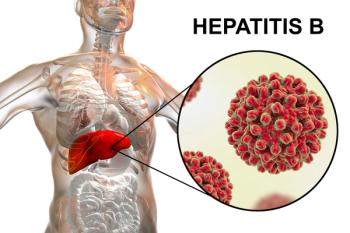
AHA, ACC release updated guidelines on secondary prevention of atherosclerotic vascular disease
The American Heart Association and American College of Cardiology Foundation have issued new guidelines for secondary prevention and risk reduction in patients with atherosclerotic vascular disease.
The American Heart Association (AHA) and American College of Cardiology (ACC) Foundation have issued new guidelines for secondary prevention and risk reduction in patients with atherosclerotic vascular disease. The new guidelines are available in
They update 2006 guidelines on secondary prevention and add risk-factor reduction “because important evidence from clinical trials has emerged that further supports and broadens the merits of intensive risk-reduction therapies for patients with established coronary and other atherosclerotic vascular disease (including peripheral artery disease),” according to the writing committee.
The guideline’s foundation continues to be patient behavior, including physical exercise, smoking cessation, and avoidance of second-hand smoke, and weight management. The guidelines recommend patients participate in at least 30 minutes of physical activity every day.
“Unless improvements are made in behavior and medical therapy, the same blood vessel problem that caused [the] first heart attack or stroke can occur again – and may result in death – so long-term changes need to be initiated to get the vascular disease under control,” said Sidney C. Smith Jr., MD, chair of the guideline writing group and professor of medicine at the University of North Carolina.
The guidelines include a new recommendation emphasizing the importance of referring patients for cardiac rehabilitation, and they include sections on other often-overlooked factors that can influence patients’ outcomes, such as depression and flu shots.
AHA and ACC Foundation released the guidelines even though they are waiting for the new Joint National Committee on the Prevention, Detection, Evaluation, and Treatment of High Blood Pressure (or JNC 8) guidelines and new Adult Treatment Panel 4 (or ATP 4) guidance on lipid management. The National Heart, Lung, and Blood Institute projects those guidelines won’t be available until 2012.
Newsletter
Pharmacy practice is always changing. Stay ahead of the curve with the Drug Topics newsletter and get the latest drug information, industry trends, and patient care tips.











































































































































































































